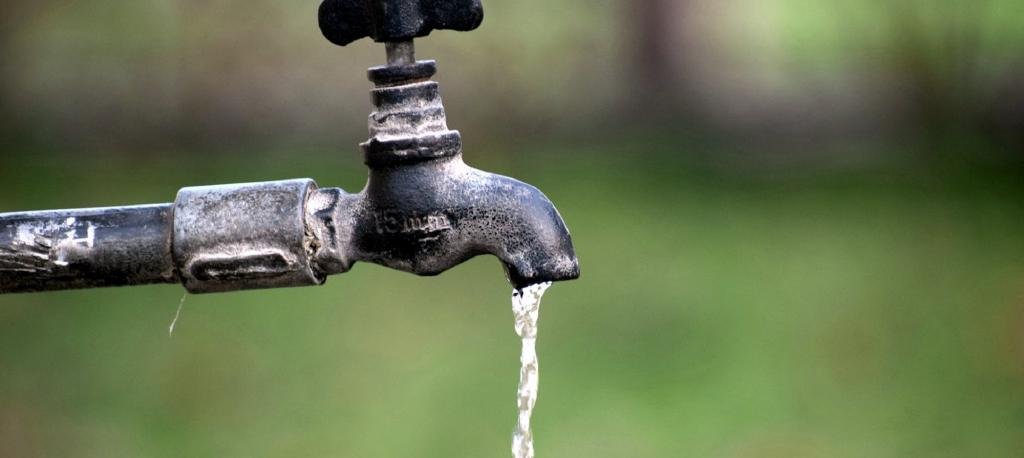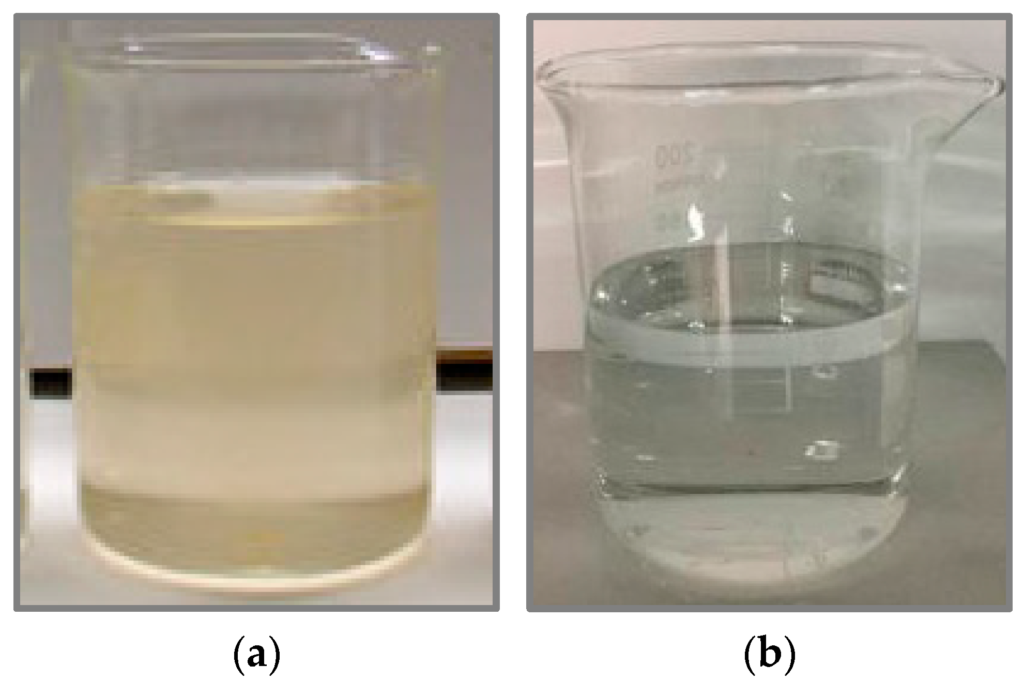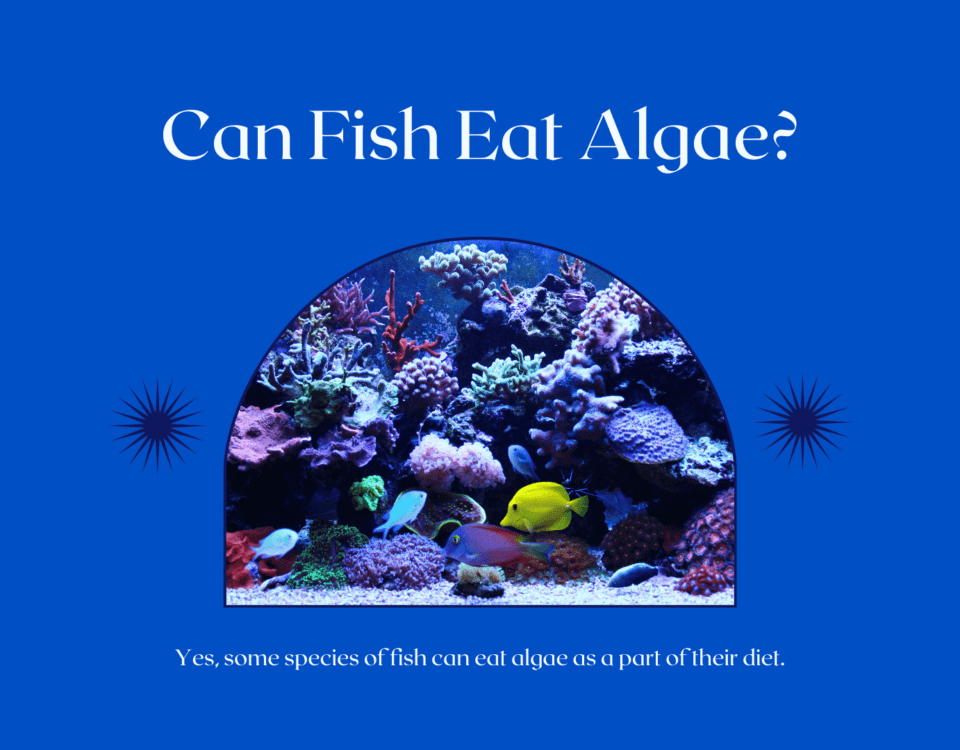


Can Fish Survive in Bowls? Should You Keep One?
February 23, 2024


Can snails live with betta fish? Will they harm eachother?
February 23, 2024Fishkeeping is a popular hobby many enjoy, offering relaxation and the joy of caring for living creatures. However, one critical aspect that puzzles beginners is whether filling their fish tanks with tap water is safe.
The answer is no; tap water might not always suit fish. It contains various chemicals, such as chlorine and chloramines, used to make the water safe for drinking. These substances can harm fish, affecting their health and, in severe cases, leading to death. Additionally, tap water’s pH levels and hardness can vary significantly from the natural habitat of many fish species, which can cause stress and disease.
Understanding how to properly prepare tap water before introducing fish is essential for any fish owner, ensuring their aquatic pets live in a safe and comfortable environment. This blog will highlight the common, concerns about using tap water for fish tanks and the importance of proper water treatment.
Related Read: Are Fish Good Pets? 10 Things to Consider Before Getting One
Why can’t fish live in tap water?
Fish often struggle to survive in untreated tap water because it contains chemicals like chlorine and chloramines, which are toxic to them.
These substances, while safe for humans, can damage the gills and protective mucous membranes of fish, leading to severe stress or death.


Why can’t fish live in tap water?
Chlorine and chloramines
Chlorine and chloramines are added to tap water to kill bacteria and make it safe for human consumption. However, these chemicals can be lethal to fish even at low concentrations by damaging their delicate tissues.
Heavy metals and other contaminants
Tap water may also contain heavy metals and other contaminants that can accumulate in fish, leading to poisoning or long-term health issues.
pH and hardness discrepancies
The pH level and hardness of tap water can vary significantly from the natural conditions many fish species require, causing stress and potentially fatal health problems.
Ammonia Poisoning
Ammonia can be present in tap water due to the breakdown of organic matter and specific water treatments. It is highly toxic to fish, causing damage to internal organs and gills and leading to elevated stress levels and mortality.
Nitrite Poisoning
Nitrites form when ammonia is broken down in the water. High levels of nitrites can lead to methemoglobinemia, or “brown blood disease,” in fish, interfering with oxygen transport in the blood and potentially causing death.
Nitrate Poisoning
While less toxic than ammonia and nitrites, high levels of nitrates can still stress fish, leading to lowered immunity and increased vulnerability to disease. Long-term exposure to elevated nitrate levels can result in stunted growth, reproductive problems, and even death.
Understanding tap water chemistry for fish
Understanding tap water chemistry is crucial for maintaining a healthy aquarium environment for fish.
Tap water contains various dissolved elements and compounds that can impact fish health, including chlorine and chloramines, which are added to disinfect water but are toxic to fish even at low levels.
- Ideally, chlorine levels in aquarium water should be 0 ppm (parts per million) since even trace amounts can harm fish.
- Heavy metals such as lead, copper, and zinc, which might leach from pipes, can accumulate in fish, causing toxicity.
- Acceptable levels for these metals are also deficient, generally below 0.1 ppm for copper and even lower for other metals, depending on the species’ sensitivity.
- The pH of tap water, indicating its acidity or alkalinity, varies widely depending on the geographical location and water source.
- Most freshwater fish thrive in a pH range of 6.5 to 7.5, although some species require more specific conditions.
- Water hardness, related to the concentration of calcium and magnesium ions, affects fish and their ability to regulate electrolytes.
- Soft water has less than 75 ppm of these ions, while hard water exceeds 150 ppm, with specific ranges more suitable for different fish species.
- Ammonia and nitrite levels in tap water should be at 0 ppm, as both are highly toxic to fish, affecting their gills and blood’s ability to carry oxygen, respectively.
- Nitrate, a less toxic byproduct of ammonia and nitrite breakdown, should be kept below 20 ppm to avoid long-term health issues in fish, such as growth stunting and immune suppression.
How long can fish survive in untreated tap water?
The survival time of fish in untreated tap water can vary significantly, depending on the fish species and the composition of the tap water.
Generally, without any treatment to remove harmful chemicals such as chlorine, chloramines, and heavy metals and adjust pH, ammonia, nitrite, and nitrate levels, most fish may experience stress.
They could succumb within a few hours to a couple of days. However, if the tap water is adequately treated to remove these harmful substances and matches the fish’s required conditions, fish can live healthily in tap water for their entire lifespan.
Immediate tap water treatment with a suitable water conditioner is crucial for neutralizing these harmful compounds and ensuring the safety and well-being of the fish.


Untreated Tap Water
What fish species can survive in tap water?
Some fish species are more resilient and can tolerate the conditions of treated tap water better than others, especially when specific adjustments are made to ensure the water meets their basic needs.
These species are known for their hardiness and adaptability to various water conditions.
- Betta Fish (Betta splendens): Known for their resilience and ability to adapt to various water conditions.
- Goldfish (Carassius auratus): can thrive in multiple water temperatures and conditions, making them suitable for treated tap water.
- Guppies (Poecilia reticulata): Hardy and adaptable, guppies can live in treated tap water with proper conditioning.
- Zebra Danios (Danio rerio): Resilient to different water conditions, making them ideal for beginners using treated tap water.
- Mollies (Poecilia sphenops): Can adapt to various water conditions, including treated tap water, with proper care.
- Swordtails (Xiphophorus hellerii): Known for their hardiness and ability to adjust to the conditions of treated tap water.
- Tetras (Various species): Many tetra species are adaptable to treated tap water, provided their needs are met.
- Corydoras Catfish (Corydoras spp.): Hardy bottom dwellers that can thrive in treated tap water with good filtration.
How to treat and prepare tap water for your fish?
Preparing tap water for fish is essential to ensure their health and safety, as tap water contains substances that can harm aquatic life.
Treating tap water before use removes or neutralizes these harmful components, making the water suitable for your aquarium inhabitants.
Also, Read: Why Does My Fish Tank Smell? | How To Remove The Smell?
Dechlorination
Dechlorination is a critical process for making tap water safe for fish. Chlorine, used to disinfect tap water, is toxic to fish, even in small quantities.
You can remove chlorine by letting the water sit exposed to air for 24-48 hours or by using dechlorination products that neutralize chlorine instantly, making the water safe for immediate use.
Neutralizing Chloramines
Unlike chlorine, chloramines do not evaporate by letting the water sit out, requiring specific chemical treatments to neutralize.
Products designed to precisely remove chloramines without harming fish are available and should be used according to the instructions to ensure the water is safe.
Adjusting pH Levels
The pH level of tap water can significantly affect fish health. Most fish species thrive in a specific pH range, and adjusting the tap water’s pH to match these requirements is crucial.
This can be achieved using pH buffers or conditioners that raise or lower the pH to the desired level.
Temperature Adjustment
The tap water temperature will likely differ from that of your aquarium. Gradually adjusting the tap water temperature to match your aquarium helps prevent thermal shock in fish, which can be stressful or even fatal.
This can be done by letting the water sit until it reaches room temperature or using heaters or coolers.
Water Conditioner
Water conditioners are multifunctional products that can make tap water safe for fish by neutralizing chlorine and chloramines, detoxifying heavy metals, and sometimes even adjusting pH levels.
These conditioners are an essential tool for aquarists, simplifying the process of making tap water safe for aquarium use.
Can fish survive in distilled water?
Fish generally cannot survive in distilled water for extended periods. Distilled water lacks essential minerals and electrolytes that fish need for bodily functions. Using distilled water can lead to osmotic stress and ion imbalance in fish.
Can fish live in filtered tap water?
Yes, fish can live in filtered tap water, provided the filtration system removes harmful chemicals such as chlorine and chloramines, and the water is conditioned to adjust pH and hardness levels suitable for the fish species. It’s essential to ensure the filter does not strip the water of all its minerals, which are essential for fish health.


Filtering Tap Water – Water Filter
How often should I change the water in my fish tank if I’m using tap water?
The frequency of water changes depends on several factors, including tank size, filtration efficiency, and the number and type of fish. Generally, a partial water change of 10-20% every 1-2 weeks is recommended to maintain water quality, even if you’re using treated tap water.
Editor’s Pick: Why Does My Fish Tank Lose Water? Causes & Solutions!
Do I need to treat tap water for a saltwater aquarium differently than for a freshwater tank?
Yes, preparing tap water for a saltwater aquarium often involves additional steps. Besides dechlorination and adjusting pH, you’ll need to use a marine salt mix to replicate the natural ocean water conditions, including specific gravity (salinity) and mineral content. It’s also crucial to ensure that the water is free of contaminants that can harm marine life.
Conclusion
In conclusion, preparing tap water for fish involves:
- Removing harmful chemicals like chlorine and chloramines.
- Adjusting pH levels.
- Ensuring the water is at the correct temperature.
- Using water conditioners for safety.
The health and longevity of fish depend on the careful management of these water parameters. Proper tap water preparation is crucial for creating a safe and thriving environment for aquarium inhabitants, emphasizing the importance of understanding and respecting the delicate balance of aquatic ecosystems.
Next Read: Can Fish Live in Bowls?



